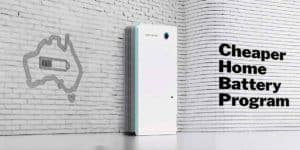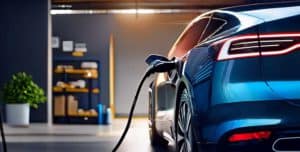Appliances

Energy Saving Guide
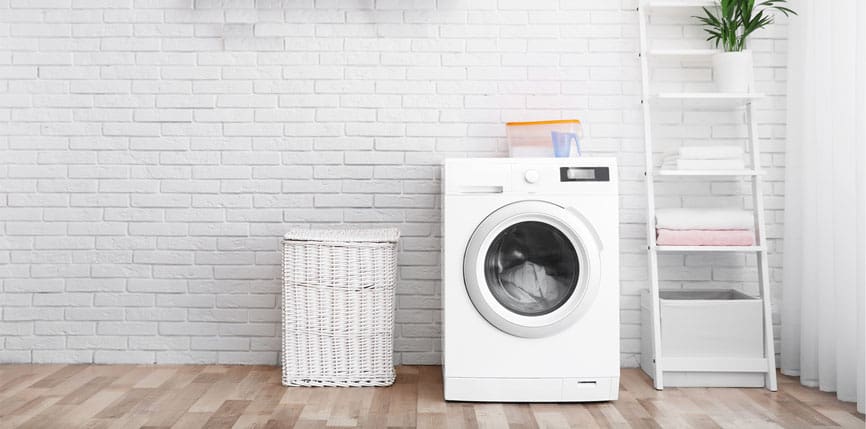
How to save with energy efficient appliances
Around a third of the electricity used in the average Aussie home powers appliances.
Here’s our guide to reducing energy costs for the appliances in your home. Being smart about how and when you use appliances will save your money. So will selecting energy efficient appliance when it comes to time to replace old appliances, Advances in technology, like induction cooktops and heat pump clothes dryers have reduced the energy required to power kitchens and laundries. Let’s tackle the actions worth taking.
The energy efficient appliances that matter
- Energy Ratings
- In the Kitchen (Induction cooktops, Fridges, Dishwashers)
- In the Laundry (Heat pump clothes dryers, Washing machines)
- Standby power & Electronics (TVs, Computers)
- Pool pumps
1. Energy Ratings. Look to the stars.
- refrigerators
- freezers
- clothes washers
- clothes dryers
- dishwashers
- televisions
- computer monitors
- swimming pool pumps
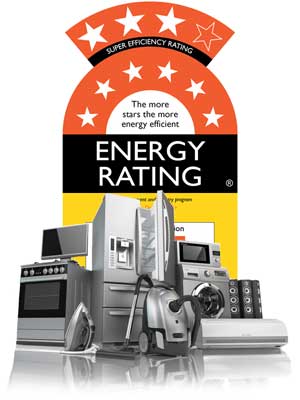
2. Energy in the Kitchen
Cooktops
Gas has been long praised for its intense heat and the ability to instantly adjust the temperature. The problem is two-thirds of the heat from a gas cooktop ends up in the room and not in the pot! Induction cooktops provide the same high temperatures and instant temperature change – with absolute efficiency. As a result induction cooktops offer lower energy costs than gas and other electric cooktops including ceramic and solid elements. Offering superior safety with no naked flames or deadly gas fumes, induction cooktops also banish nagging worries about having left the gas on!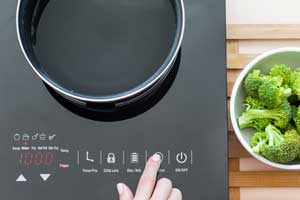
Fridges and freezers
A fridge is a big energy user in the home. Selecting energy efficient appliance with high Energy Ratings will reduce your running costs by up to 23% for every extra star. You’ll want to pick a fridge size that you’ll usually have at least two-thirds full, otherwise it won’t working effectively. To cool down running costs make sure fridges are set to 4C and freezers to -18C. Once a year check the fridge and freezer is keeping to the right temperature. Any difference could mean a leaking seal or somebody else changing the temperature setting! A second fridge can be a serious power drain. Consider whether you need a ‘beer fridge’ on all the time, or need it all. Often elderly appliances are inefficient with damaged seals and a compressor working overtime to stay cool, on the off chance that somebody might pop over.
Dishwashers
Many dishwashers have built-in timers that allow you to delay the start of a cycle until cheaper times or daylight hours when your solar can ‘do the dishes’. Selecting eco/economy cycles or half load options also keeps running cost down. While these programs often run longer they use less heat and total energy than short cycles. When it’s time to replace your dishwasher selecting an efficient model will save energy costs plus precious water.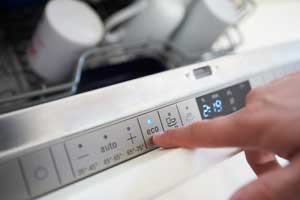
3. Energy in the Laundry
Get shifty
A good place for load shifting is the laundry. This is because many households can be flexible around when they do laundry. You can reduce energy costs by running washers and dryers at times when electricity is cheaper – whether during daylight hours from your solar and/or using off-peak electricity.
Washing machines
If you wash using cold or 30’C water you’ll be trimming costs. That’s because electric water heating elements within washing machines aren’t efficient. Washing machines with hot and cold intakes help, although the hot water can take some time to get to the machine and it may need more heat in any case. When it comes time to replace a washing machine, front load washers use about half the water of top loaders.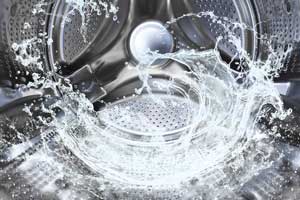
Clothes dryers
The sun does great work drying clothes on most days. If you need to run a dryer, schedule it at lower cost periods. When the time comes for your dryer to head to the whitegoods graveyard – have a serious look at heat pump dryers. Heat pump dryers are impressively efficient, using half the energy of conventional vented or condenser dryers. While costing more upfront, they can work out significantly cheaper over the life of the dryer.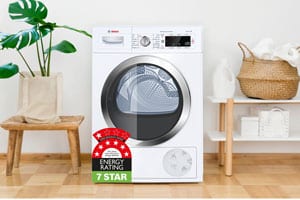
4. Standby power and electronics
Standby to turn off power.
It’s estimated that the average Australian home could be using between 50 and 200 W of standby power from devices and appliances. A home with 200 W standby power will consume almost 5kWh/day – which is energy that might be saved. Many new appliances are far more efficient – and draw trivial amounts of power on standby compared to older models. For example an old school computer monitor that draws 5W each hour on standby will cost around $5 if left on all year. A new monitor using 1W on standby, will cost around $1 annually in electricity. Where you can, switch small electrical devices off at the wall if not in daily use. But don’t sweat it too much. All the small appliances on standby across the average household are likely to only be costing around $2-3 a week.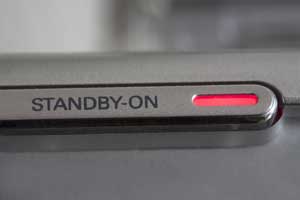
Watt’s going on at your place?
How do you identify the devices wasting an unreasonable amount of power, when not in use? I’m looking at you, big hi-fi amplifier. If you want to understand more about the actual energy use of each appliance in your home – a simple current monitor will show you how much energy is being used. These can be purchased cheaply from hardware stores or may even be available for loan from local library or Councils.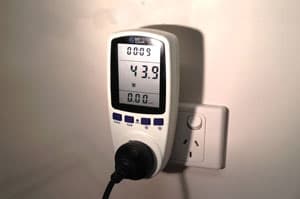
5. Pump down pool power costs
If you have a swimming pool or spa, the pump is likely to be making a huge splash when it comes to electricity. Around 18% of pool owners power costs come from running their pool pump. For some pumps, you’ll spend more on the energy to run it, than the cost to buy it in the first place. So it’s important to do your research when buying a new pump or replacing an old one. Look to the Energy Ratings to help you compare energy-efficient options.
Investing in an energy efficient pool pump will lower your power bills. Buying a seven-star pool pump will save owners around $1,200 in electricity over the lifespan of the pump, compared to running a three-star pump.






